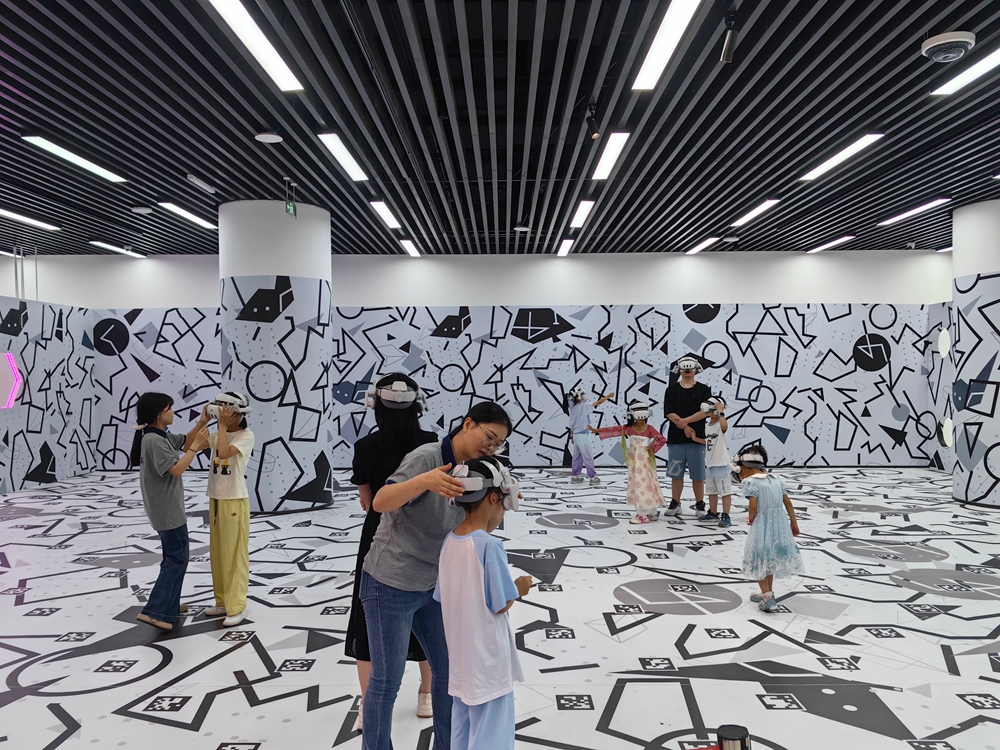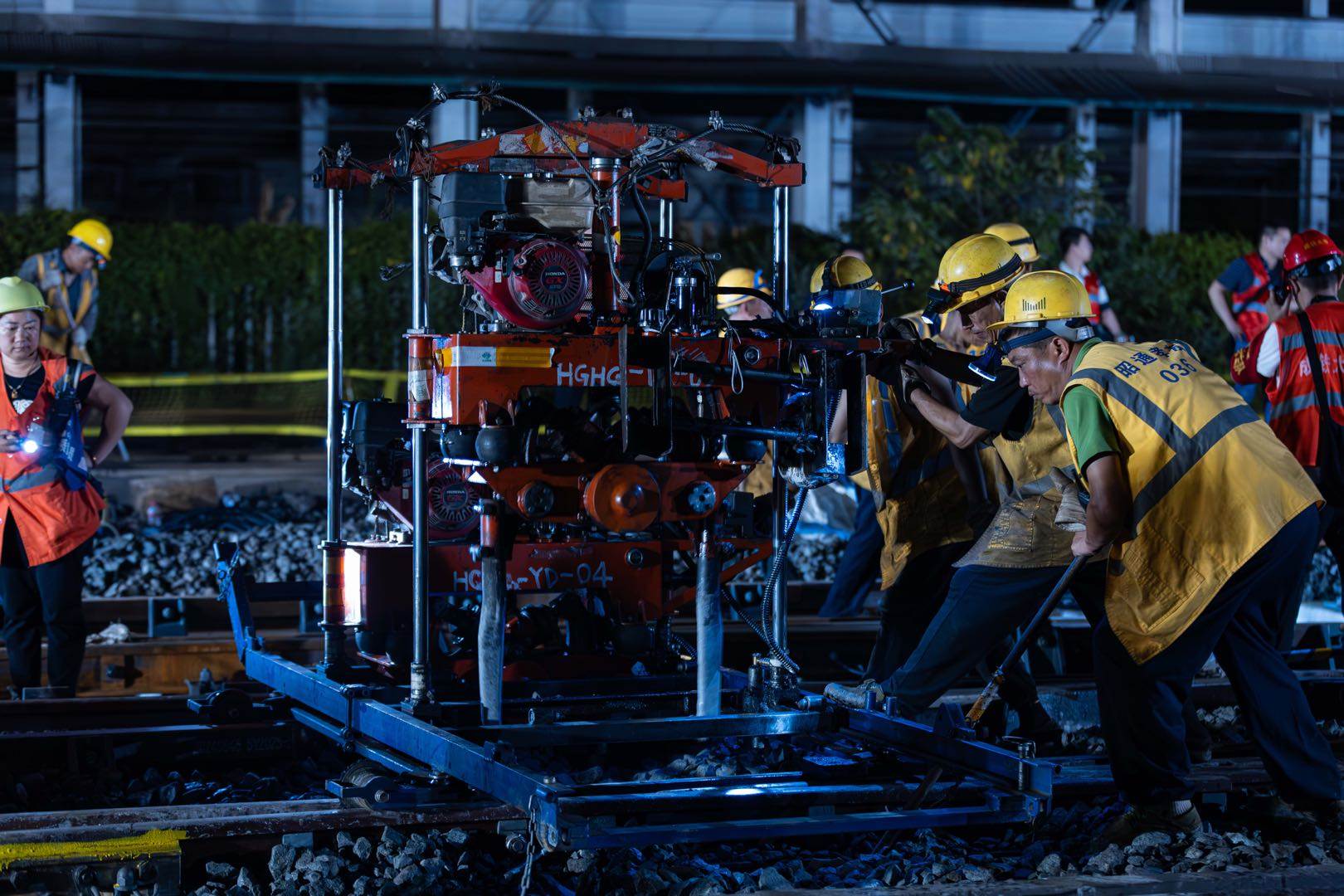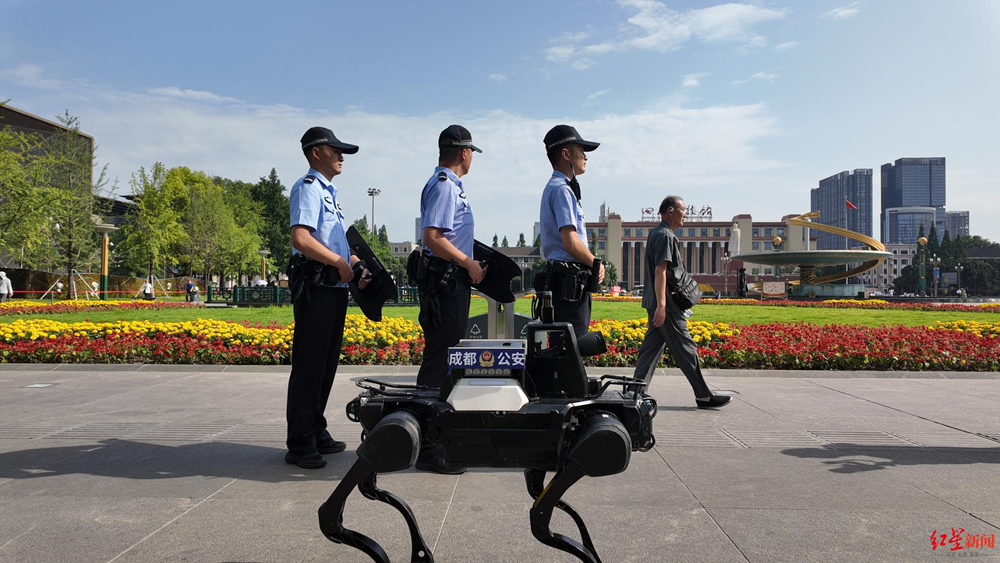- 1 / 8
- 2 / 8
- 3 / 8
- 4 / 8
- 5 / 8
- 6 / 8
- 7 / 8
- 8 / 8




- The large-scale modern Sichuan Opera "Yan Yangchu" made its debut at the opening ceremony of the 12th Ba People's Cultural Arts Festival
- Cherry Blossoms Reach Peak Bloom in Qingchuan County Town
- 资阳乐至:宵夜“顶流”来了!本地小龙虾抢鲜上市
- Dayi: Adhere to the overall planning of tourism development, make every effort to create a world tourism destination






























6e1e0ab1-32df-4b8a-9a4b-e6984de70e54.jpg)





ce0344a1-5cd5-4a98-ae44-961b7e054014.png)
061f4795-c9d3-496d-8a19-fa623dacf8ea.png)
23c518f0-aa64-41d1-a1df-3e2466e21940.jpg)
a18c4276-c836-4231-9283-12276cd26754.jpg)



d95b4925-f6c4-43f0-a4f0-7e04e018d569.jpg)
1d30d2f7-105c-423b-a326-3da27f654e7b.jpg)
cf121e98-447d-4b83-b1f5-ba1fcd740a2a.jpg)
904e93ef-eeeb-4671-b864-edc00979427f.png)

718447e5-ae8a-4083-8276-1e97de0f6290.png)
c5b31b75-b100-45cb-907d-a468aee89174.png)
26e4c44b-3773-4d01-92ef-eb0012055b1c.jpg)
ed32b621-2e3c-4512-bbdf-2094e2ab0744.jpg)
4cfa120b-60fa-44dd-a761-7fd976f82e2d.jpeg)
8b51ab41-f074-4bd3-86ad-218f8a1d89a4.jpeg)
65bf97b1-baf2-4776-a4b4-b9ec147faf38.jpg)
f8582ac7-cf06-4e4d-ad0a-5d11a2324f9b.jpg)
f2fe5609-0b4a-4062-a5d5-911952b2a66e.jpeg)
12ba9314-e91e-4a3e-b168-ef6f06a917a0.jpeg)
6d5e11eb-eac1-4446-b8c9-37dd0adfb605.jpeg)
b6467ce7-ac7d-4cb7-bae5-84b1b4a45040.jpeg)
e05d5e9b-08b6-477e-8a5e-1b9e1aab5b87.jpg)





